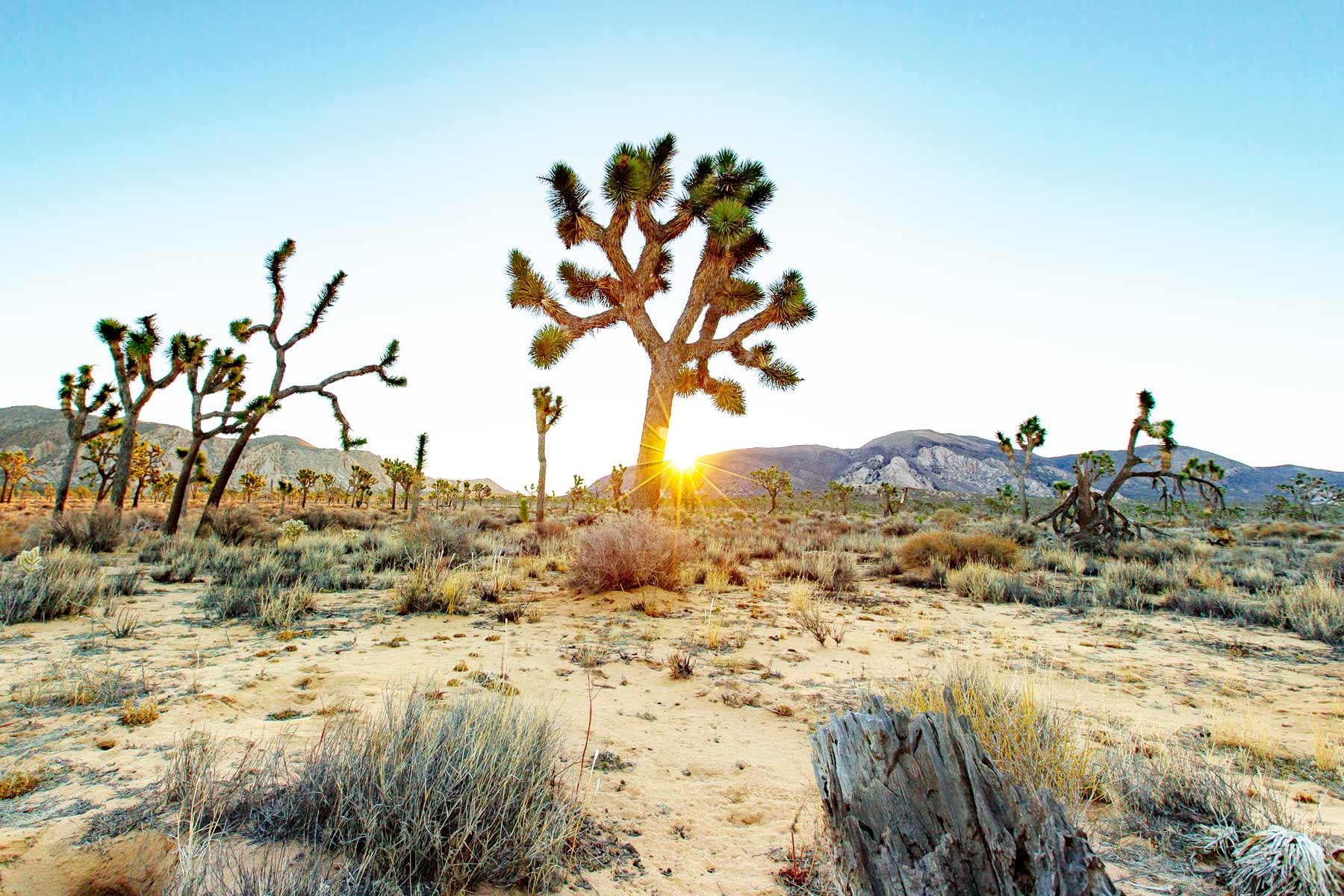
Article Summary: Joshua Tree National Park Facts
Joshua Tree National Park Facts! In this article, More Than Just Parks provides you with 15 amazing facts about one of America’s most magnificent national parks.
More Than Just Parks is your one-stop-shop when it comes to learning everything you’ll need to know about America’s national parks. We’ve got expert guides, beautiful photos, helpful tips, breathtaking films and so much more.
I’ve been to so many of these amazing places since retiring from teaching in 2018. Did I mention that I taught history? I spent a lifetime teaching about the history behind some of these natural wonders. Then I got to see them firsthand. And now I’m sharing some of the incredible stories about these beautiful places with you. It doesn’t get any better than that!
More Than Just Parks takes a deeper dive with its national park facts. We’ve done our homework so that you’ll get more than you bargained for.
Without further ado, let’s dive in.
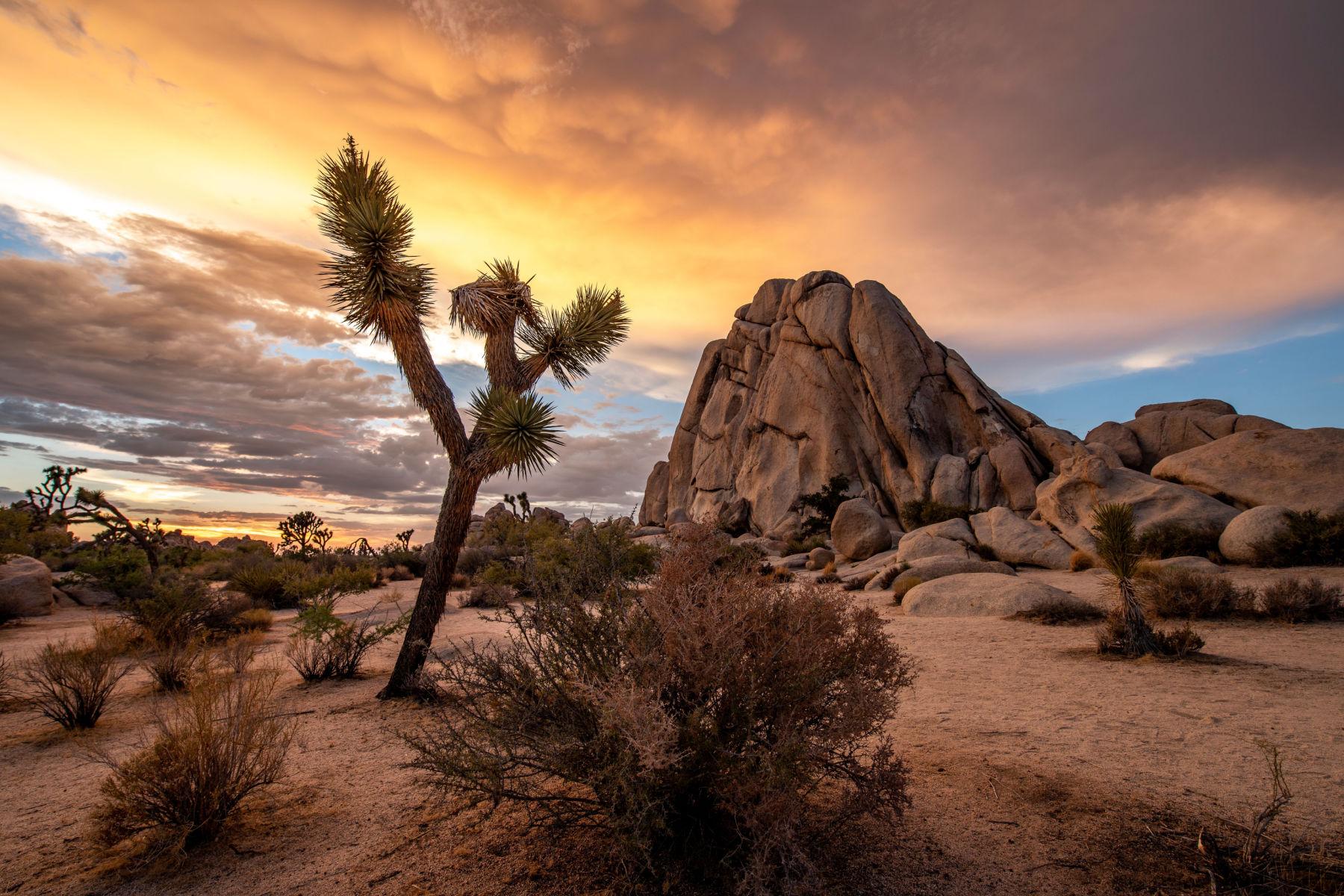
Table Of Contents: Joshua Tree National Park Facts
Joshua Tree National Park Facts
- Facts About Joshua Tree National Park
- Joshua Tree National Park Facts
- Top 5 Joshua Tree National Park Facts
- 1. The Earliest Peoples Were Part Of The Pinto Culture
- 2. Three Groups Of Native Americans Once Occupied The Joshua Tree Area
- 3. The First Americans To Use The Joshua Tree Were Cattlemen
- 4. The Discovery Of Gold In The Sierra Nevada Foothills Led Miners To Excavate In Joshua Tree
- 5. The Joshua Tree Area Was Actually Popular For Its Health Benefits
- Top 10 Joshua Tree National Park Facts
- 6. A Desert Conservationist Was The “Mother” Of Joshua Tree National Park
- 7. Joshua Tree Was Almost Named Minerva Hoyt National Park
- 8. Most Mountain Ranges Run North To South – Not At Joshua Tree However
- 9. America’s Most Famous Earthquake Fault Runs Through Joshua Tree
- 10. Nearly 800 Species Of Plants Grow In The Park
- Top 15 Joshua Tree National Park Facts
- 11. Joshua Tree National Park Is Home To 52 Species Of Mammals
- 12. Joshua Tree Actually Includes 2 Deserts
- 13. The Densest Growth Of Joshua Trees In The World Can Be Found At The Cima Dome
- 14. Joshua Trees Were Given Their Name By Mormon Settlers
- 15. Joshua Tree Gets Snow
- Why Trust Us About Joshua Tree National Park?
- Meet The Parks Brothers
- Map Of Joshua Tree National Park
- List Of Joshua Tree National Park Facts
- We Hope You’ll Follow Our Journey
- Top 5 Joshua Tree National Park Facts
Facts About Joshua Tree National Park
Some Basic Facts About Joshua Tree National Park
Joshua Tree National Park is a beautiful and unique park located in California. The park covers over 790,000 acres of land and is home to a wide variety of plant and animal life, as well as several unique geological features.
The park is named after the Joshua trees that are found throughout the park. These distinctive trees are native to the region and are known for their twisted and gnarled branches. The park is also home to several other unique plant species, including cactus and wildflowers.
The park’s landscape is diverse, with forests of Joshua trees, grasslands, and rocky outcroppings. The park is also home to a wide variety of plant and animal life, including bighorn sheep, rattlesnakes, and over 250 species of birds.
There are many ways to explore and enjoy Joshua Tree National Park. Visitors can go hiking or rock climbing on the park’s trails, go birdwatching or stargazing in the park’s dark skies, or even go camping or picnicking in the park’s beautiful landscapes. There are also several lodges and cabins located within the park, providing comfortable accommodations for visitors.
Joshua Tree National Park is a beautiful and unique place, offering visitors the opportunity to experience the beauty and majesty of the natural world in a truly special setting.
It is truly a great destination for outdoor enthusiasts, with plenty of opportunities for hiking, climbing, and other outdoor activities.
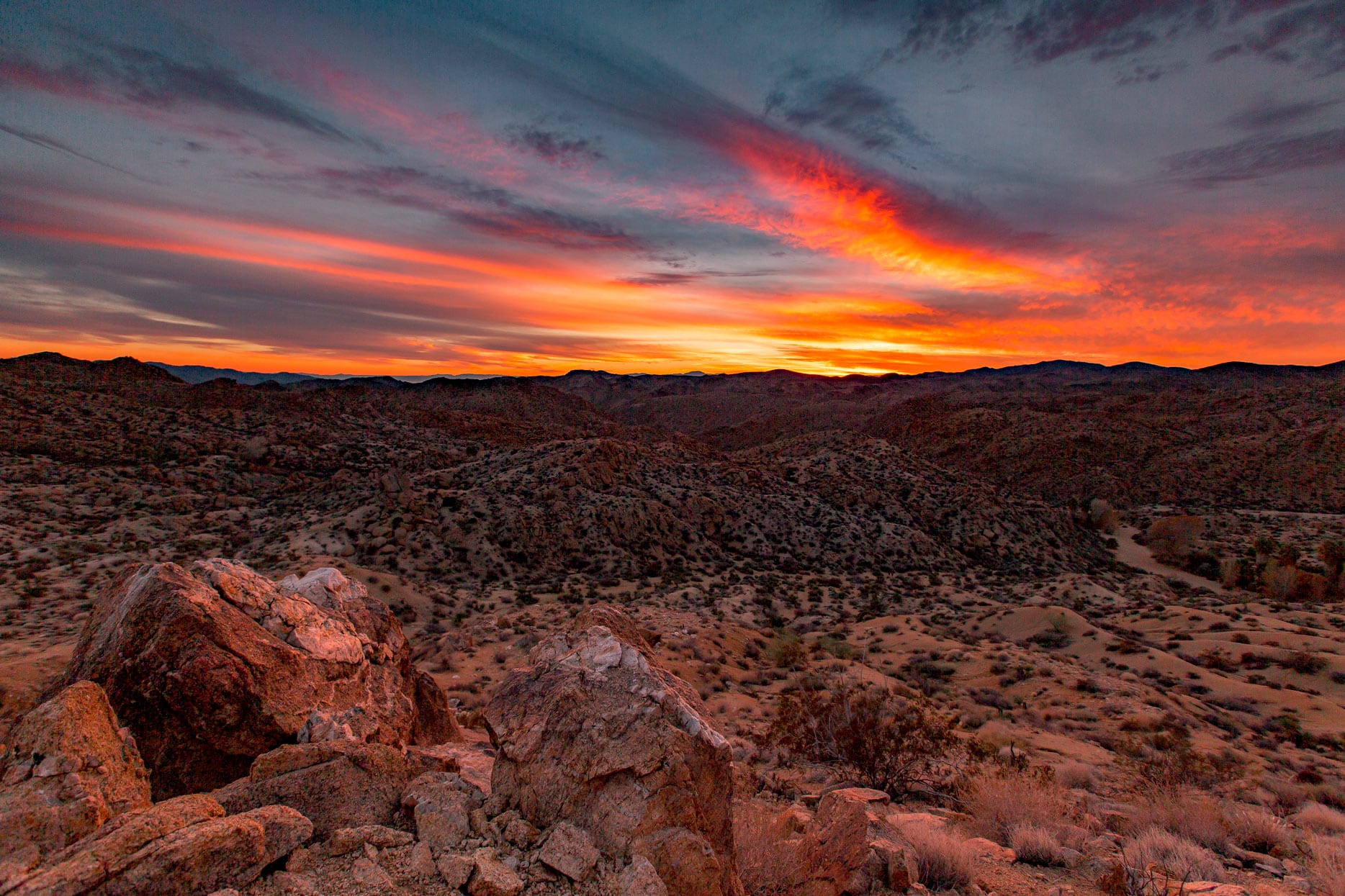
CHECK OUT: 7 National Parks Near Los Angeles You’ll Love
Here Are Some Of The Basic Facts
- Location: California
- Acreage: 795,156 gross acres including private and state in-holdings.
- Visitation: 3,064,400 visitors in 2021.
- Highest Elevation: 5,814 ft at the summit of Quail Mountain.
- Lowest Elevation: 536 ft at the southeastern boundary of the park.
- Average Annual Precipitation: Joshua Tree gets 8 inches of rain, on average, per year.
- When Did It Become A National Park? Joshua Tree was designated a national monument in 1936 by President Franklin Delano Roosevelt and accorded national park status in 1994.

Joshua Tree National Park Facts
Top 5 Joshua Tree National Park Facts
1. The Earliest Peoples Were Part Of The Pinto Culture
If you’re as fascinated by origin stories as I am then the first of our Joshua Tree National Park Facts may be of special interest to you. Scholars believe that the area may have been first inhabited 15,000 years ago.
Joshua Tree National Park has a rich history of human occupation dating back thousands of years. Archeological evidence in and around the region points to the fact that people actually lived and hunted in a cooler grassland environment between 10,000 and 4,000 years ago.
Archaeologists Elizabeth and William Campbell studied evidence and identified the existence of a group of hunter-gathers known as the Pinto Culture.
According to the National Park Service, the Campbells believed that there had been a river flowing through Pinto Basin, but more recent research by geologists dispels the notion that there was either a river or a lake in Pinto Basin by the time humans occupied the area.
The Pinto culture is known for the triangular shaped points they left behind, which were thick and triangular in shape, with notched shoulders and a broad stem. Pinto hunters attached the points to a wooden spear shaft and used a spear thrower, or atlatl, to propel the spear.
Based on the relatively large number of Pinto points and cutting and scraping tools compared with the few seed-processing implements found at these early sites, it is believed that Pinto Culture was a mobile population dependent upon large game hunting and seasonal plant gathering.
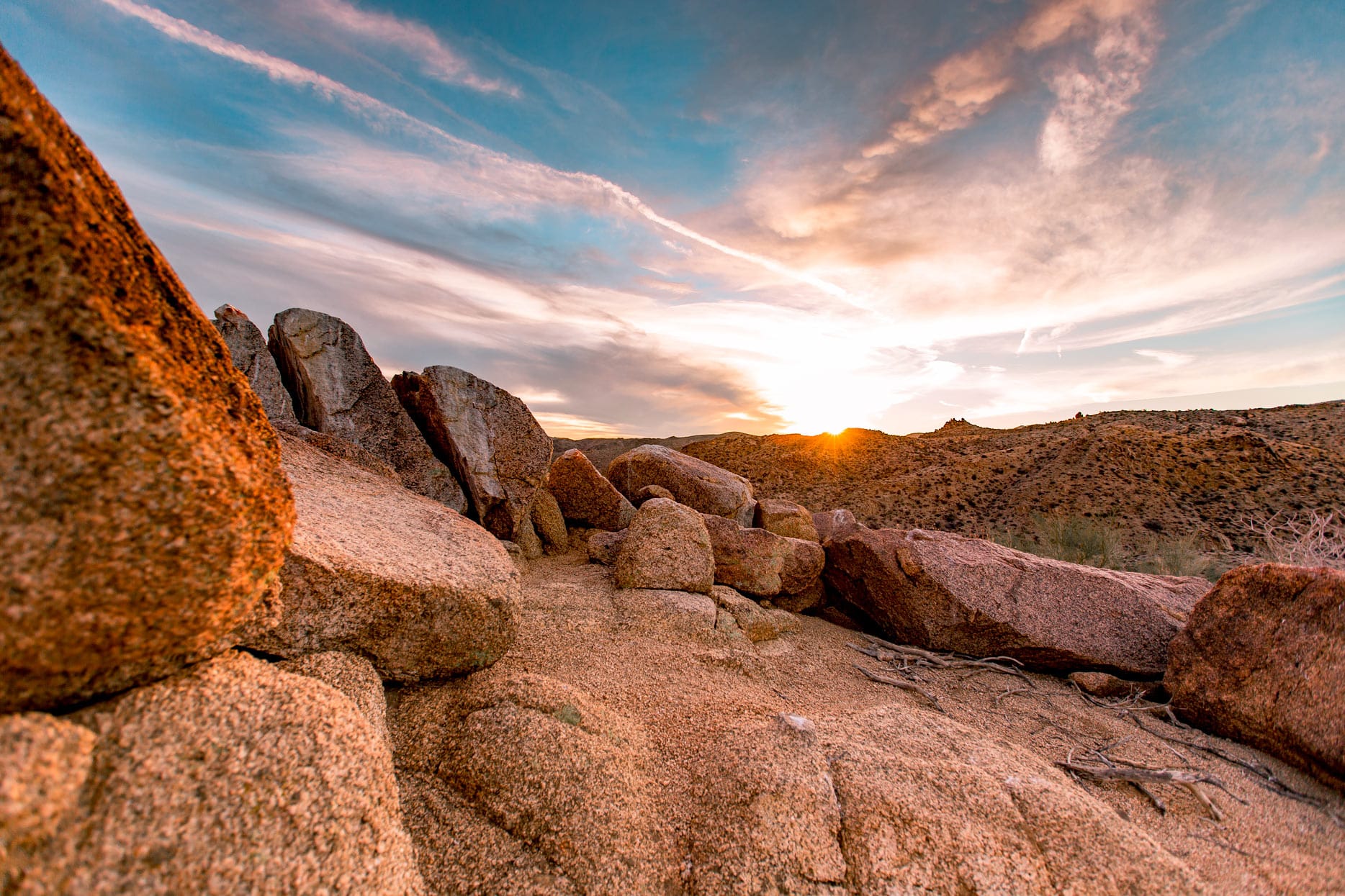
CHECK OUT: 6 AMAZING National Parks Near San Diego You’ll Love
2. Three Groups Of Native Americans Once Occupied The Joshua Tree Area
Another of the fascinating Joshua Tree National Park Facts is that, when the Europeans arrived in California during the late 18th century, there were three groups of Native Americans occupying the Joshua Tree area.
The peoples who followed the Pinto Culture were the Cahuilla, Chemehuevi, and Serrano tribes. Of the three, the Chemehuevi were the most recent arrivals, coming from the Great Basin of Nevada by 1500.

The Chemehuevi people are considered to be the most southern group of the Southern Paiute Indians, who are linguistically related to the greater Uto-Aztecan language family, which includes languages spoken by peoples from the Great Basin south into central Mexico.
Little evidence links the Pinto Culture with today’s tribal groups, but it’s known that the Cahuilla, Chemehuevi, and Serrano who followed the Pinto period had a more diversified strategy of hunting and collecting food items that included distinct changes in stone tools and increasing numbers of hard-seed milling stones.
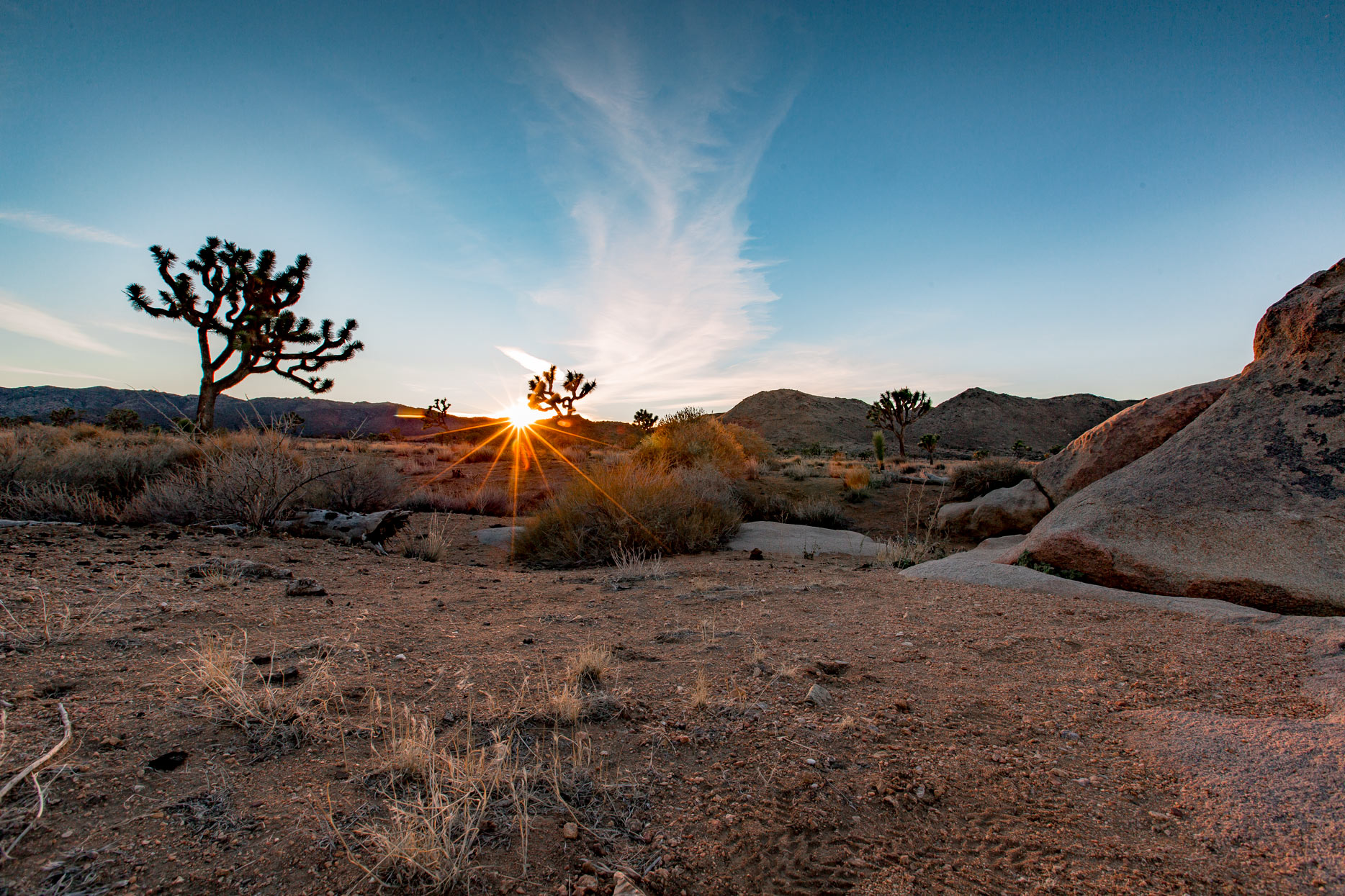
CHECK OUT: 8 BEST National Parks Near San Francisco To Visit
3. The First Americans To Use The Joshua Tree Were Cattlemen
Among the lesser known Joshua Tree National Park Facts is that the first Americans to consistently use the Joshua Tree area were cattlemen.
During the 1870s, the western, higher elevation area of the park received more rainfall than it does today. This supported a variety of native grasses which were ideal for cattle grazing.
One of the earliest cattlemen was the legendary William “Bill” McHaney. He drove his Texas longhorns into the Lost Horse, Queen and Pleasant Valleys in 1879.
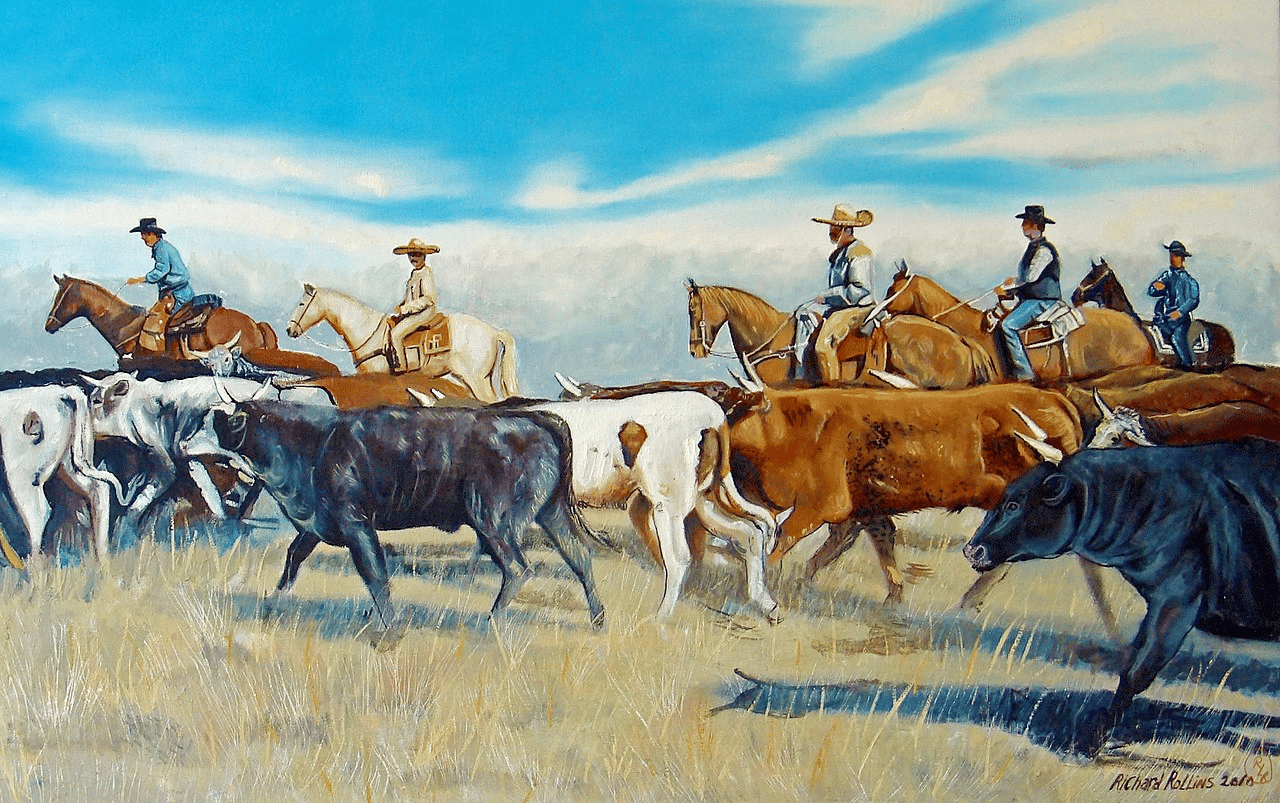
It turns out that McHaney’s brother, Jim, was a cattle rustler. His gang rustled cattle from Mexico and Arizona while returning stolen horses to the area.
This gang operated successfully for over a decade by keeping their herds isolated in an area which they called “Cow Camp” on the western edge of the Wonderland of Rocks.
CHECK OUT: 15 MUST-SEE Historic Sites In California
4. The Discovery Of Gold In The Sierra Nevada Foothills Led Miners To Excavate In Joshua Tree
One of my favorite Joshua Tree National Park Facts concerns the other major group which came to the area in the 19th century seeking their fortune.
Unlike the cattlemen who were attracted to the grasslands, it was the discovery of gold in the Sierra Nevada Foothills which led miners to Joshua Tree.
Mining for gold began in the late 1860s in the Twentynine Palms area. It was the presence of water at the oasis of Mara which made this area a natural location for the flurry of mining activity that ensued.
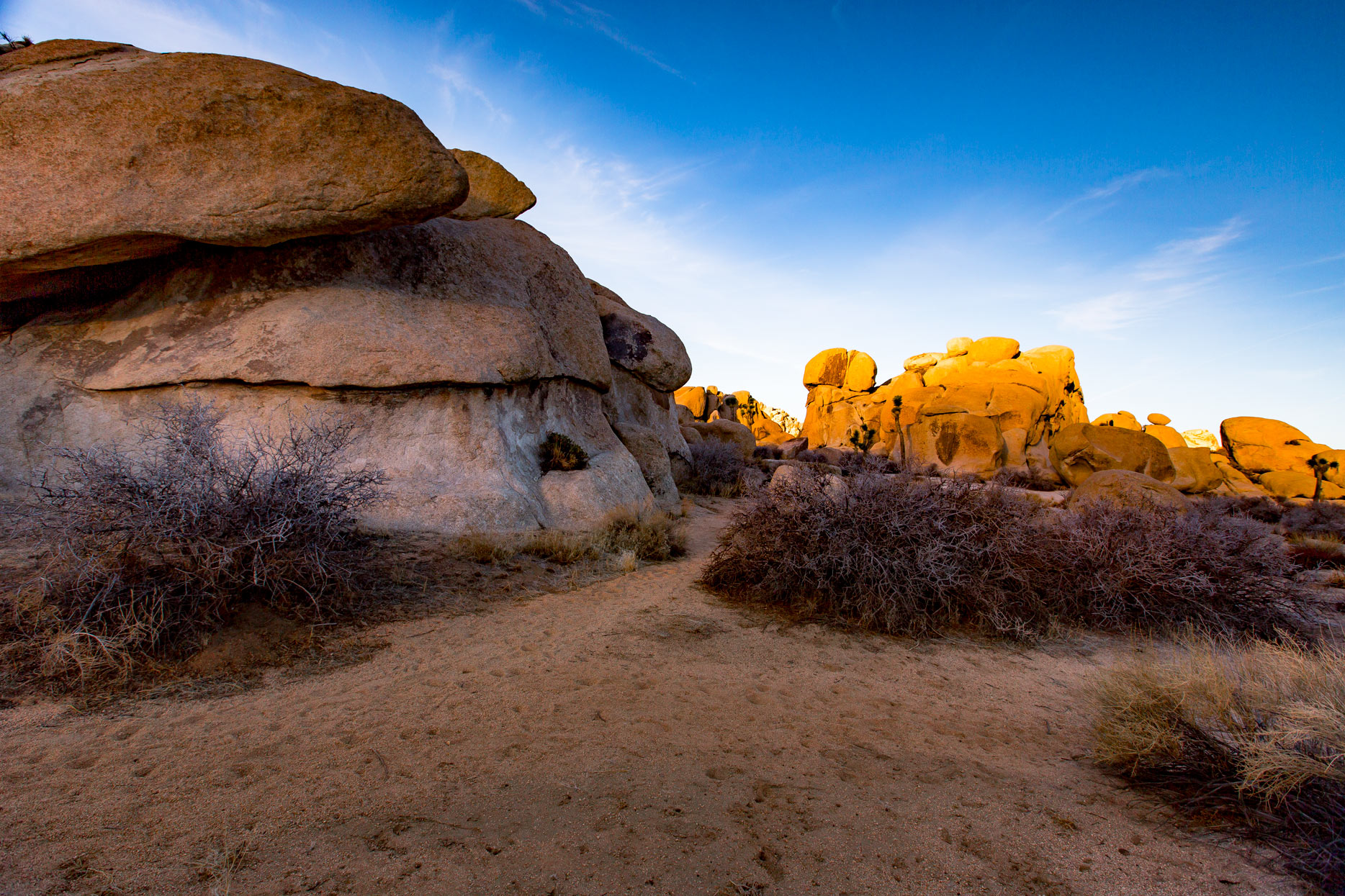
Dry Washing
It’s amazing what one can learn when researching these fascinating national park facts. For example, dry washing is a method of winnowing gold from dirt.
In many of the mining districts of California, water could not be obtained during the summer for mining purposes.
The miners therefore managed to wash their dirt without water. They took only rich dirt, and put it on a raw hide Miners pulverized all the lumps and picked out the large stones.
With a large flat basin they threw the dirt up into the air, caught it as it comes down, threw it up again, and repeated this operation until nothing but the gold remained. Sounds like fun, doesn’t it?
In the Joshua Tree area, virtually all of the gold and other minerals were unexposed in solid rock.
Thus miners needed to dig out the rock and crush it into a fine powder without the use of water which is typical in so many mining operations, which is probably more than you were interested in learning, but I’m a retired history teacher so cut me some slack here.
If you are interested in taking a deeper dive into the history, however, then I recommend: The History of Joshua Tree National Park: A historical, informational, and educational timeline of Joshua Tree National Park by Thomas Crochetiere.

The Desert Queen Mine
One of the more successful mining ventures was the Desert Queen Mine.
Frank L. James, who was an employee of the Lost Horse Mine, went prospecting on his day off and discovered a rich vein of gold in the Northern Queen Valley.
Unfortunately for James, the notorious cattle rustler Jim McHaney and his gang learned of the discovery.
One of the gang members, a man by the name of Charles Martin, shot and killed Frank James. Believe it or not, Martin was actually acquitted on a self-defense plea. So much for frontier justice!
The cattle rustlers, however, decided that mining was too complicated so they brought in outside investors who were actually able to extract almost 4,000 ounces of gold from the mine over the next five years.
CHECK OUT: 25 Bucket List Famous Landmarks In America (MUST-SEE)
5. The Joshua Tree Area Was Actually Popular For Its Health Benefits
Now one doesn’t typically think of an arid desert as conducive to good health, but it actually can be. One of my favorite Joshua Tree National Park Facts has to due with the role played by this area after World War One.
While many homesteaders failed due to the hot, dry desert climate, it was actually considered beneficial to veterans of World War One who were suffering from the effects of mustard gas.
If you’re unfamiliar with this lethal weapon it’s probably because it has been banned as a weapon of war since World War One.
Mustard gas was introduced by the Germans in 1917. It causes chemical burns on contact, with blisters oozing yellow fluid. Initial exposure is symptomless, and by the time skin irritation begins, it is too late to take preventative measures.
The mortality rate from mustard gas was only 2-3%, but those who suffered chemical burns and respiratory problems had long hospitalizations and if they recovered were thought to be at higher risk of developing cancers during later life.
In 1925, the Geneva Gas Protocol Treaty was signed by most of the world’s countries banning the use of chemical and biological weapons in warfare.
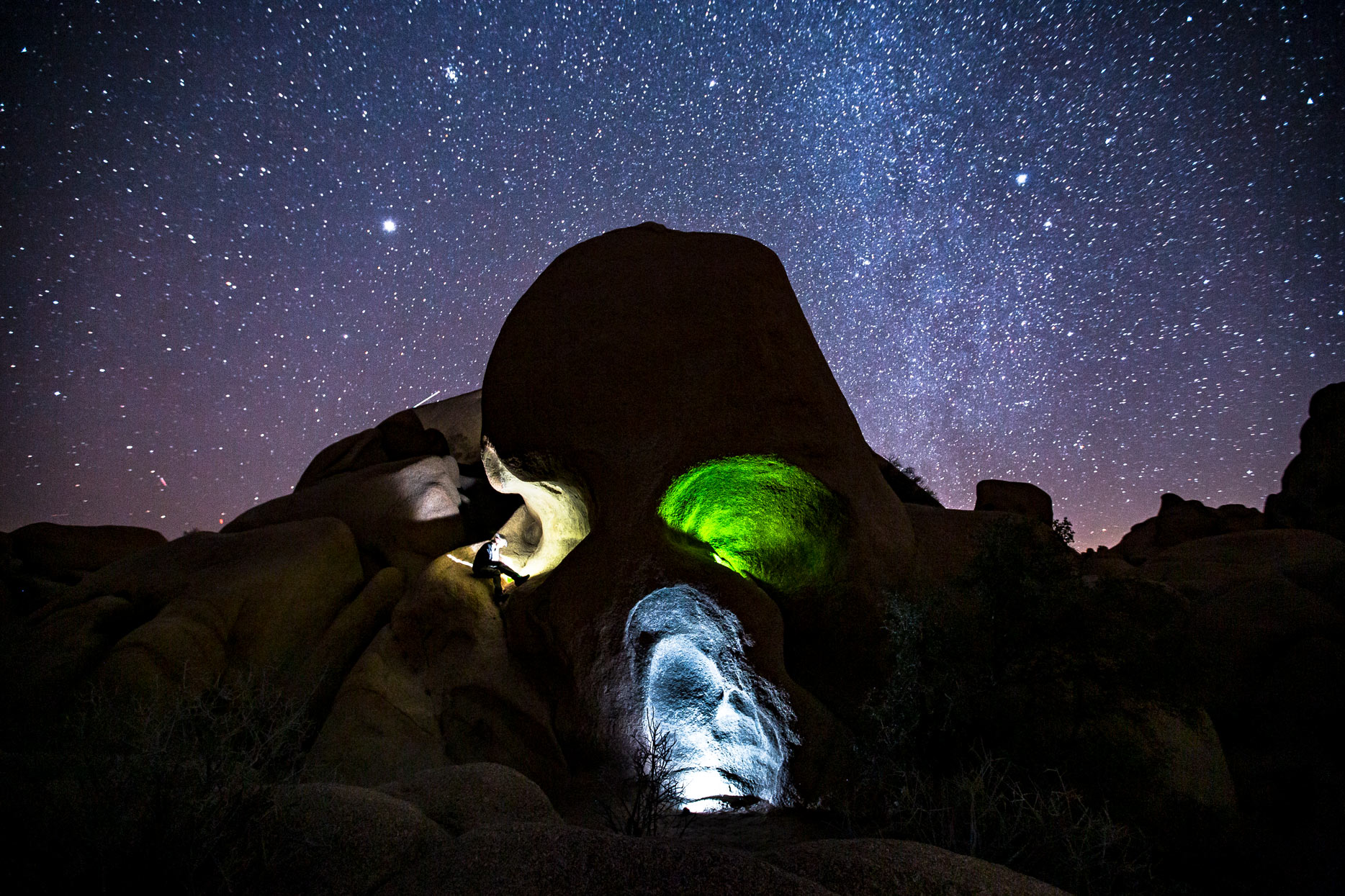
Top 10 Joshua Tree National Park Facts
6. A Desert Conservationist Was The “Mother” Of Joshua Tree National Park
What amazes me the most about these national park facts are the stories of the extraordinary men and women without whom these special places would not today be enjoyed by so many visitors. A cast in point is a remarkable horticulturist and desert conservationist by the name of Minerva Hamilton Hoyt.
How a transplanted southern belle born on a Mississippi plantation became a staunch backer of the protection of desert landscapes is perhaps one of the more unlikely stories in the history of America’s national parks.
Minerva Hamilton was born on a cotton plantation in Mississippi. She married a wealthy surgeon from New York, Dr. Albert Sherman Hoyt. The couple moved to California in the 1890s.
Trips to the desert instilled in Ms. Hoyt a strong appreciation for the austere beauty and wonderful inventiveness of desert plants that somehow managed to thrive in the harsh climate.
She also saw the widespread destruction of native desert plants by thoughtless people who dug up, burned, and other wise destroyed so many of the cacti and Joshua trees that Minerva found so beautiful.

Minerva Hoyt Leads A Crusade For A National Monument
According to the National Park Service, Minerva dedicated herself to the cause of protecting desert landscapes. She organized exhibitions of desert plants that were shown in Boston, New York, and London.
She founded the International Deserts Conservation League with the goal of establishing parks to preserve desert landscapes.
Hoyt was tapped by noted landscape architect, Frederick Law Olmstead, Jr. to serve on a California state commission formed to recommend proposals for new state parks.
She prepared the commission’s report on desert parks and recommended large parks be created at Death Valley, the Anza-Borrego Desert, and in the Joshua tree forests of the Little San Bernardino Mountains north of Palm Springs.
A National Park Was The Best Option For Preserving Desert Areas
In time Hoyt became convinced that a national park was the best option for preserving large desert areas. Hoyt hired well known biologists and desert ecologists to prepare reports on the virtues of the Joshua Tree region.
She was introduced to President Franklin Roosevelt whose New Deal became active in the establishment of national parks and monuments as a jobs-creation initiative. Hoyt also developed an ally in Secretary of the Interior Harold Ickes.
She had a major success when President Roosevelt asked the National Park Service to prepare a recommendation on the site.
Problems with the inclusion of certain railroad lands, however, forced a reduction in the size of the proposed park from over one million acres to a more modest 825,000 in the final proposal.
On August 10, 1936, President Roosevelt signed a presidential proclamation establishing Joshua Tree National Monument. Minerva finally had her grand desert park. (Source: NPS)
CHECK OUT: 10 AMAZING Facts About Badlands National Park
7. Joshua Tree Was Almost Named Minerva Hoyt National Park
One of the more intriguing of the Joshua Tree National Park Facts concerns how the park received its name.
Given the indispensable role which she played in the establishment of Joshua Tree National Monument, many of the park’s supporters believed it ought to have been named after Minerva Hoyt.
Both the Mayor of Los Angeles and the Los Angeles Area Chamber of Commerce (LAACC) appealed to Interior Secretary Harold Ickes to name the site after Minerva Hoyt.
The President of the LAACC wrote, “Mrs. Hoyt is internationally known as an authority upon desert life, and no more fitting name could be chosen for the great monument, the establishment of which is respectfully urged.”
As momentum build to have the monument (later park) named in her honor, Minerva Hoyt decided to make her own wishes known.
She informed the Altadena Historical & Beautification Society that she preferred the name “Joshua Tree National Monument.”
And the rest, as they say, is history.

CHECK OUT: 12 AMAZING Facts About Capitol Reef National Park
8. Most Mountain Ranges Run North To South – Not At Joshua Tree However
If you’re someone who’s fascinated with geology then you’ll be particularly intrigued by our next Joshua Tree National Park Fact. In the United States, mountain ranges typically run north to south. Not so in Joshua Tree National Park.
Five of the six mountain systems in the park are part of the Transverse Ranges.
The Little San Bernardino, Hexie, Pinto, Cottonwood and Eagle Mountains run along lines of latitude from east to west.
Only the Coxcomb Mountains follow the north to south pattern which is so typical for mountain ranges.
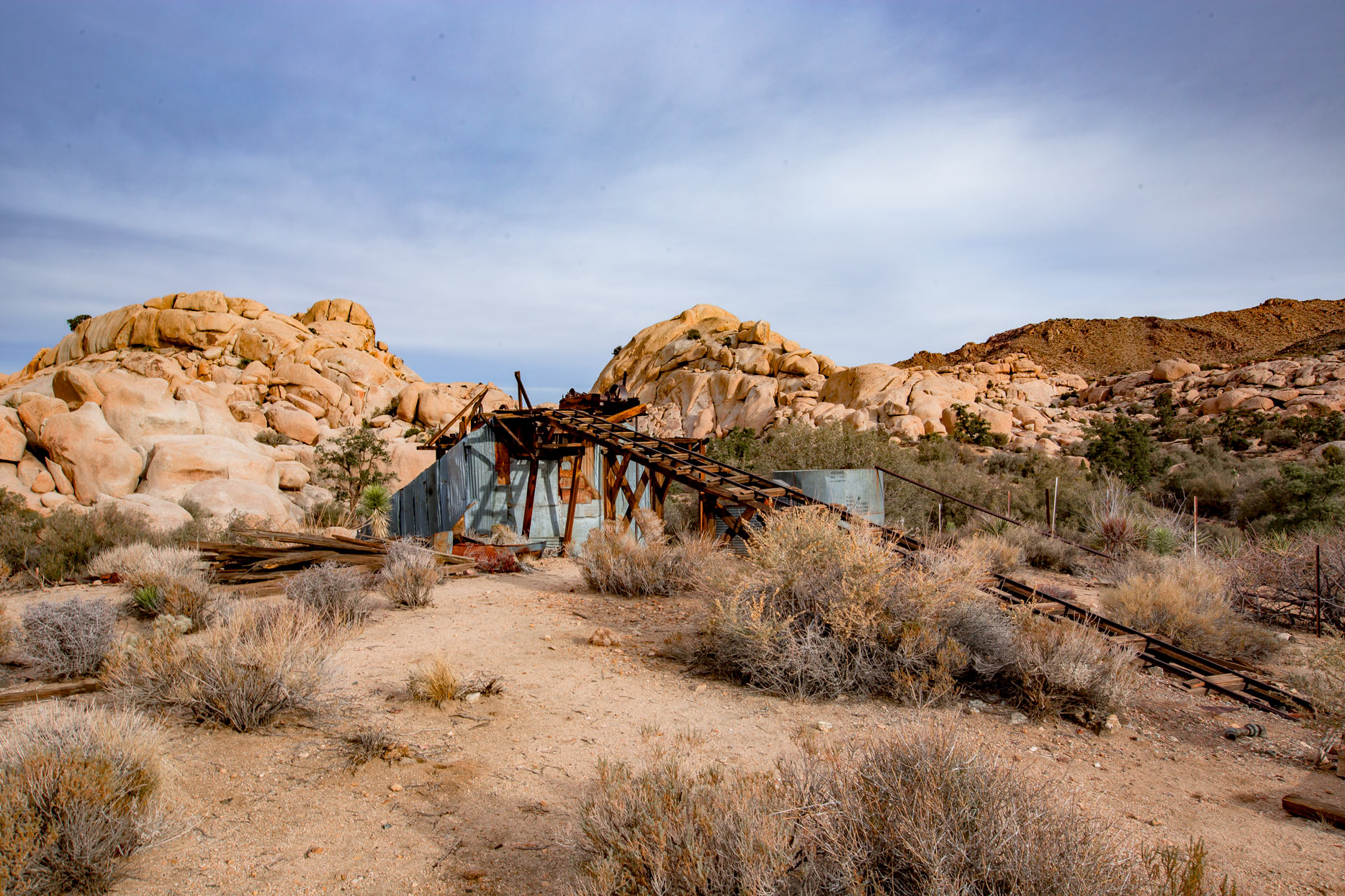
CHECK OUT: 15 (FASCINATING) Death Valley National Park Facts You Probably Didn’t Know
9. America’s Most Famous Earthquake Fault Runs Through Joshua Tree
Just when you thought we couldn’t come up with any more unbelievable Joshua Tree National Park Facts we’ve come up with another one. America’s most famous earthquake fault runs through Joshua Tree.
The San Andreas Fault is a continental transform fault that extends roughly 1,200 kilometers through California. It forms the tectonic boundary between the Pacific Plate and the North American Plate, and its motion is right-lateral strike-slip.
The San Andreas Fault location begins in Northern California, south of Cape Mendocino. It moves southeast going through major cities such as Santa Rosa, San Francisco, Desert Hot Springs, San Jose, and winds down to San Bernardino outside of Los Angeles and the Salton Sea.
Believe it or not, the San Andreas Fault lies just southwest of Joshua Tree National Park. It can actually be seen from Keys View as a line of hills at the northern end of the Coachella Valley.
Now here’s another interesting fact. The San Andreas Fault and the smaller Dillon Fault, which is parallel to it, formed the Little San Bernardino Mountains.
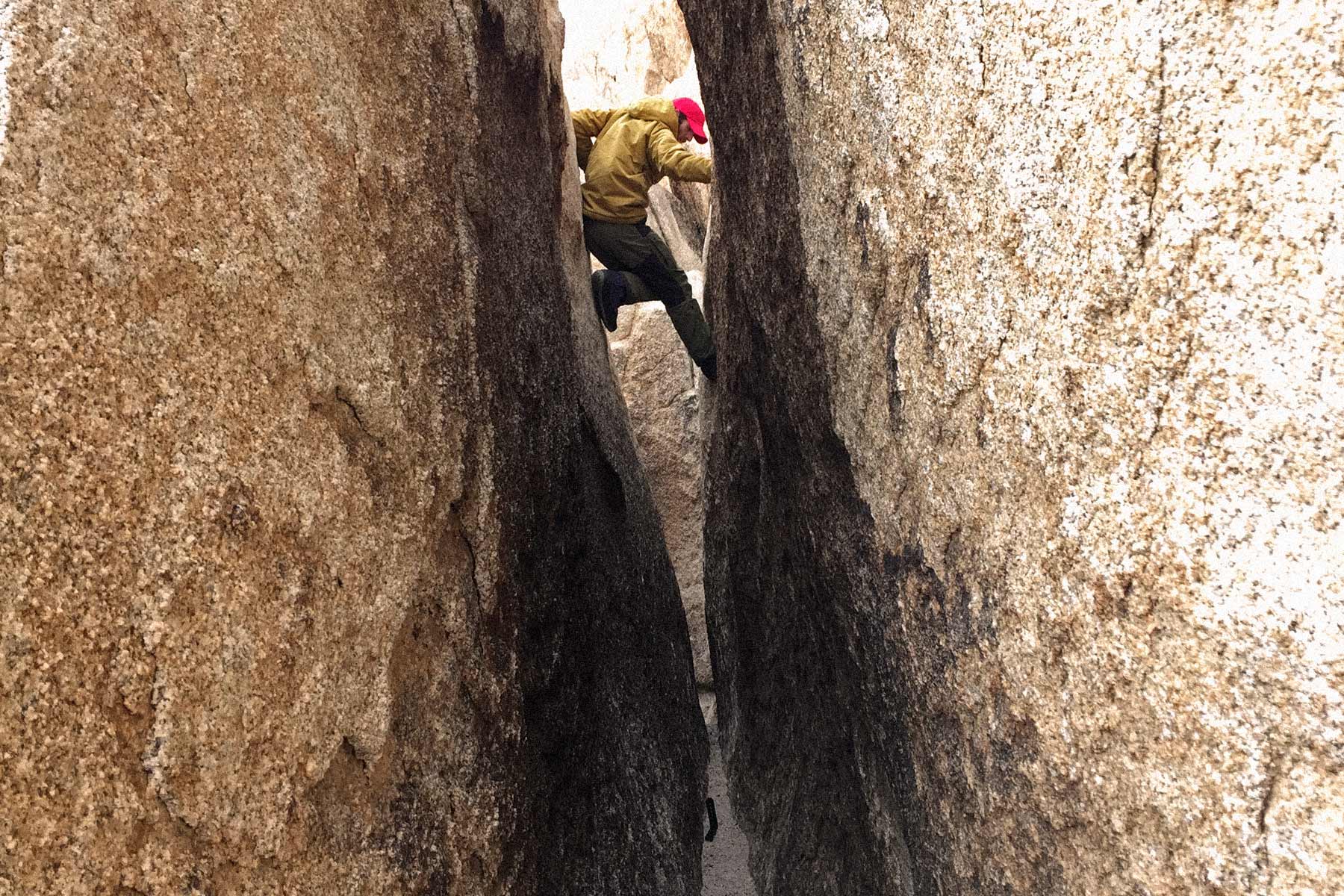
CHECK OUT: 11 SURPRISING Everglades National Park Facts
10. Nearly 800 Species Of Plants Grow In The Park
We move from geology to botany. One of my favorite Joshua Tree National Parks Facts has to do with the number of plant species which grow in the park. Believe it or not, nearly 800 species of plants actually grow in Joshua Tree.
It is characterized by stands of ocotillo plants, ironwood trees, palo verde trees, and teddy bear cholla cactus.
The southern boundary of the Mojave Desert passes through the park. It is the habitat of the park’s namesake: the Joshua tree (Yucca brevifolia).
Among this incredible diverse array of plant species are included 15 cacti. Did you know that cacti adapt to desert heat by internal mechanisms.
Teddybear cholla, for instance, can withstand an air temperature of 138 degrees F. Most other plants would literally cook at this temperature, but teddybear cholla often rises 59 degrees F or more above the air temperature.
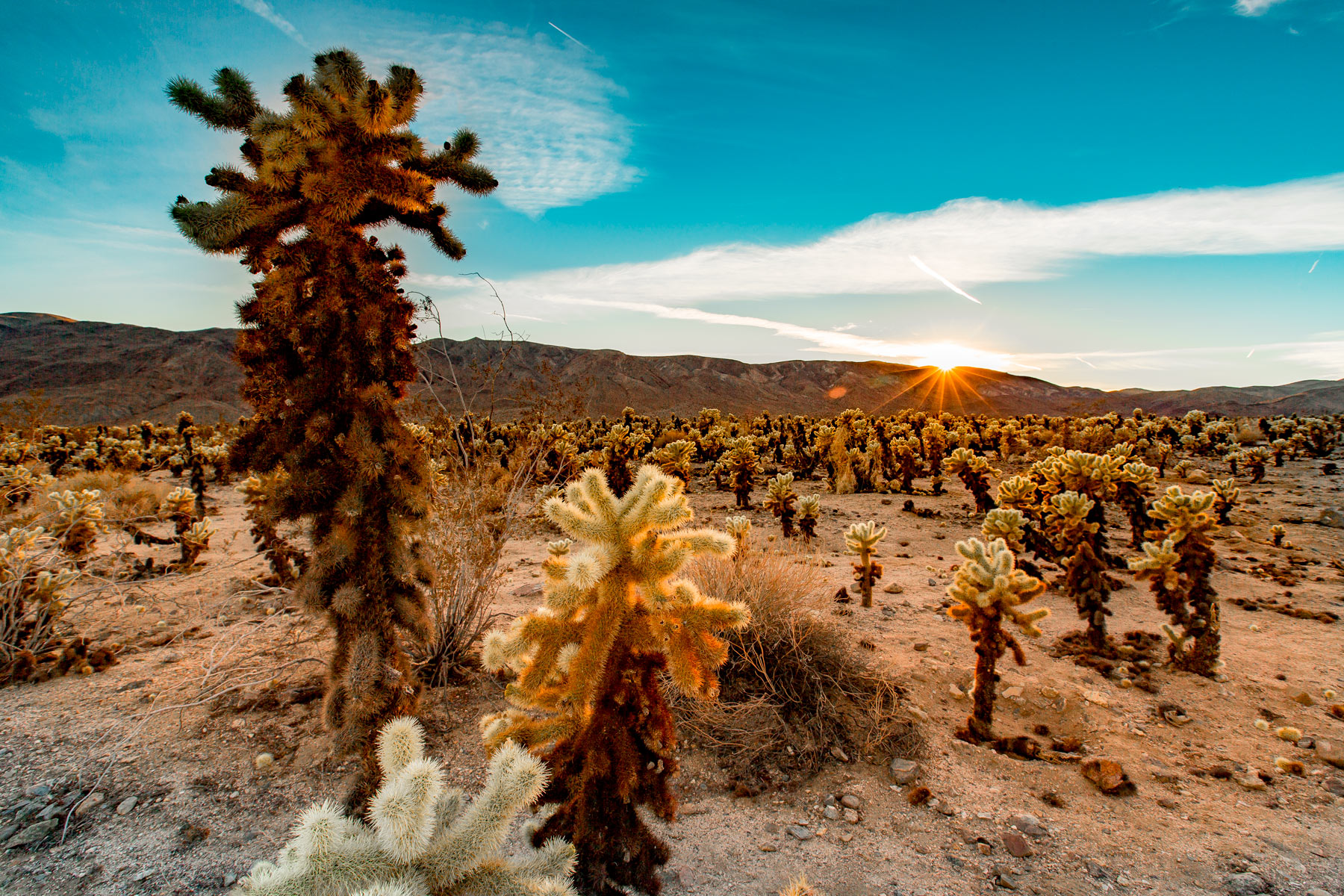
CHECK OUT: 16+ FASCINATING Grand Canyon Facts
Top 15 Joshua Tree National Park Facts
11. Joshua Tree National Park Is Home To 52 Species Of Mammals
Another of the fascinating Joshua Tree National Park Facts has to do with its wildlife. It’s home to 52 species of mammals including 24 small rodents.
According to the National Park Service, when most mammals get hot they perspire, and the evaporation of this water (sweat) cools them down and helps maintain a constant body temperature.
Some mammals use panting to produce the same effect. Both methods work well, but they have an important drawback for life in the desert.
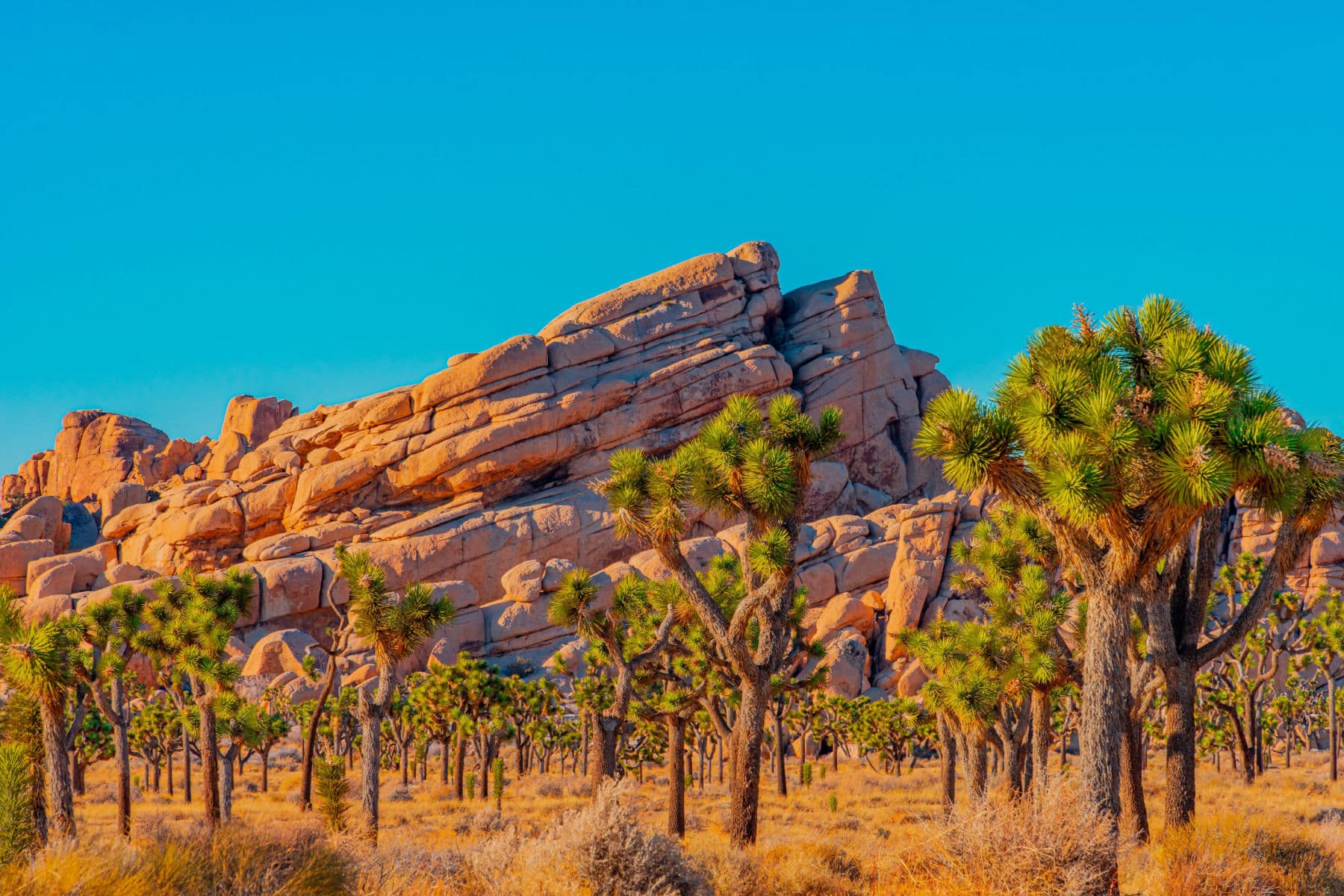
They Use Sweat To Keep Cool
They involve substantial loss of water. Where water is in short supply, animals must minimize water loss. Thus, few desert mammals use perspiration or panting as their main method of keeping cool.
A few desert mammals, such as the round-tailed ground squirrel, a diurnal rodent, enter a state of aestivation when the days become too hot and the vegetation too dry.
They sleep away the hottest part of the summer. They also hibernate in winter to avoid the cold.
CHECK OUT: 15 AMAZING Facts About Grand Teton National Park
12. Joshua Tree Actually Includes 2 Deserts
At Joshua Tree, you get two deserts for the price of one which is another one of the truly amazing Joshua Tree National Park Facts.
The southern tip of the Mojave Desert makes up its western edge and the Colorado Desert covers its eastern and southern areas.
These deserts have different elevations, and as a result, different ecosystems.
The Colorado Desert’s gentle slopes receive more annual rainfall and are home to desert lavender, desert agave, and colorful ocotillo plants.
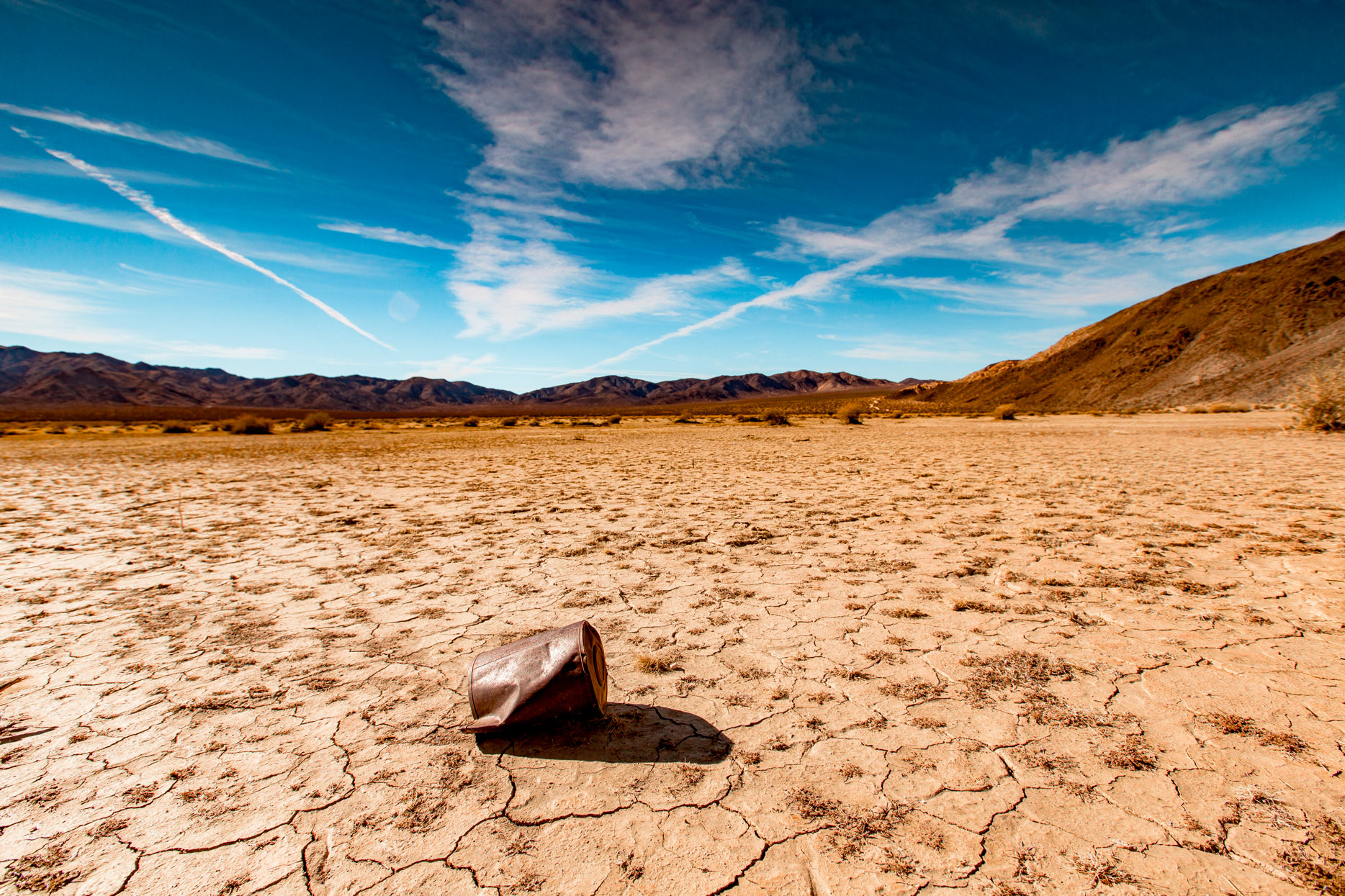
13. The Densest Growth Of Joshua Trees In The World Can Be Found At The Cima Dome
Joshua Trees are an incredibly unusual looking tree, in part because they’re not actually a tree at all. They’re a plant belonging to the Yucca genus that happens to resemble the size and growth pattern of a tree.
One of the more intriguing Joshua Tree National Park Facts is that the densest growth of Joshua trees in the world is found on the 1500-foot Cima Dome.
Cima Dome is modeled to be a climate refuge for the species. In August of 2020, the Dome Fire burned over 44,000 acres.
The burn intensity throughout most of the fire was catastrophic and nearly all above ground vegetation was scorched and would not survive.
The National Park Service estimated that over a million trees were burned in the fire.
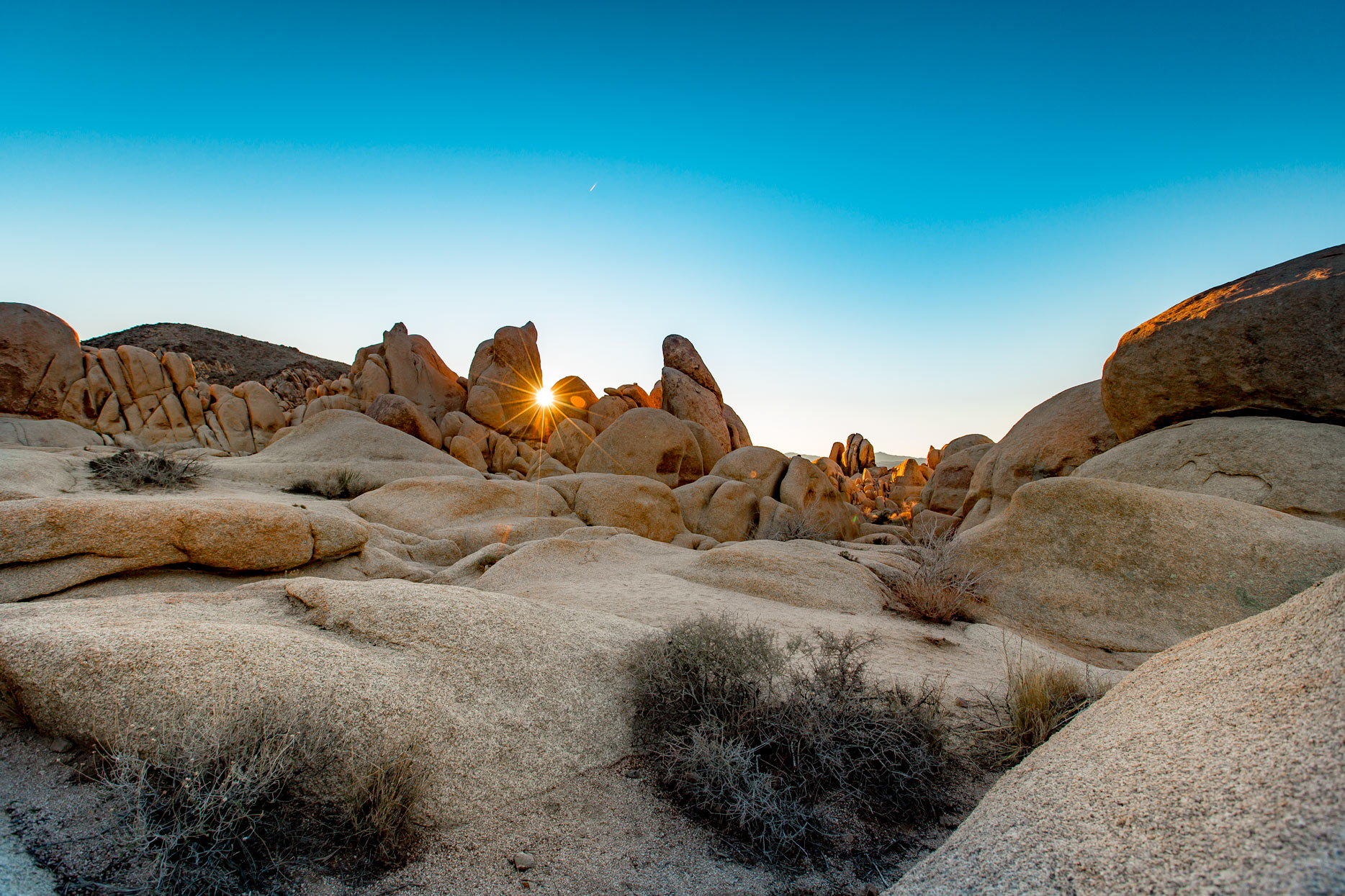
14. Joshua Trees Were Given Their Name By Mormon Settlers
Another of my favorite Joshua Tree National Park Facts has to do with how the iconic Joshua Tree got its name.
One of the Native American tribes to inhabit the area, the Cahuilla People, called Joshua trees humwichawa.
When Mormon settlers first arrived in the area in the 19th century, legend has it that the distinctive trees reminded them of the Old Testament story of Joshua, the leader of the Israelites who held his arms up to heaven in a prayer to God to lead them across Canaan.
So this is how the plants got their name.
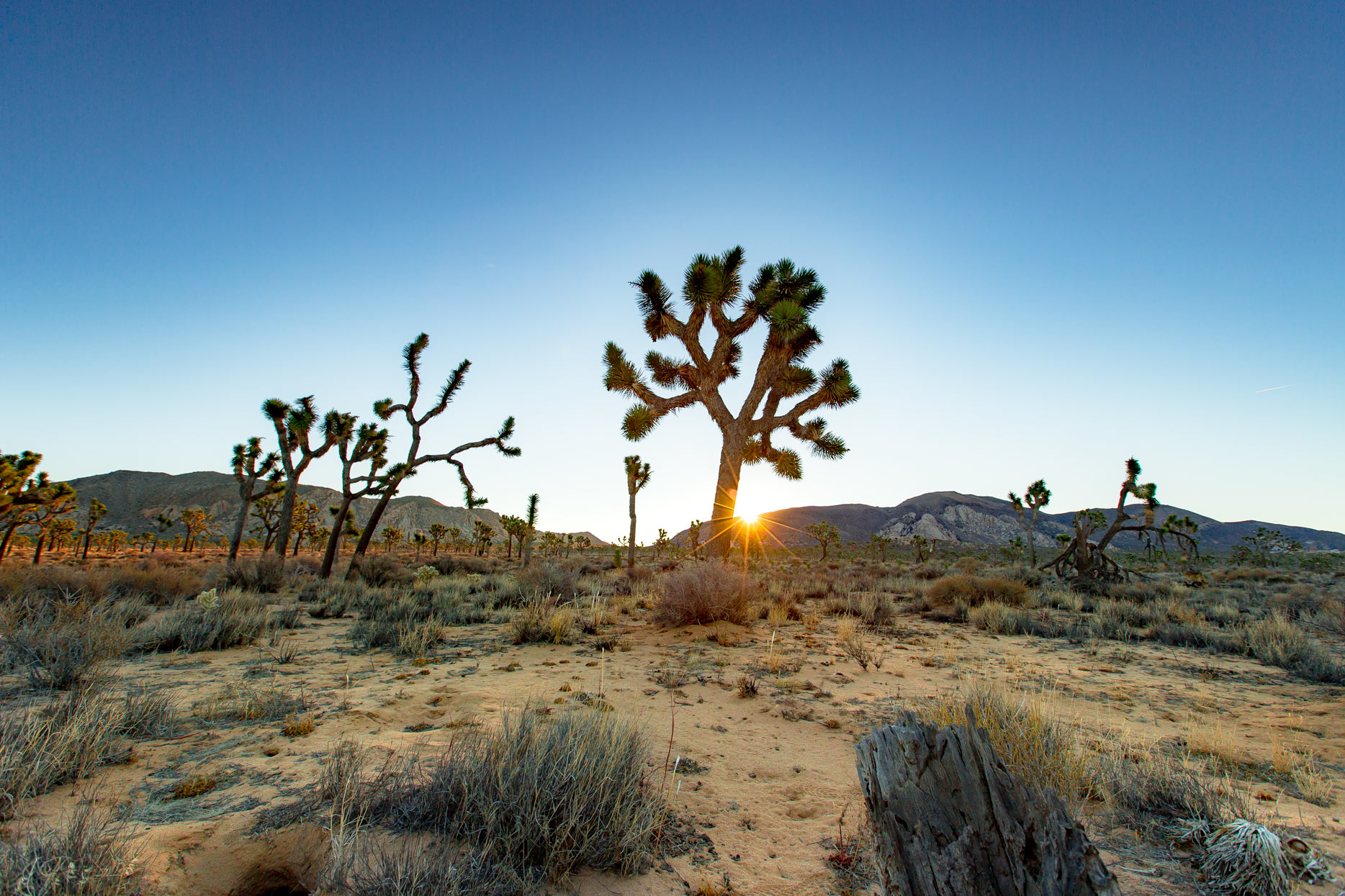
15. Joshua Tree Gets Snow
Our last Joshua Tree National Park Fact is perhaps the most surprising one of all. Despite the fact that it’s a desert, it actually snows in Joshua Tree National Park.
The average high in the summer months is a scorching 100 degrees. Temperatures, however, have dropped below freezing in the winter—once reaching a record low of 10 degrees in 1990. And the park gets a dusting of snow about every year.
In February of 2021, the park saw a snowfall like it hadn’t seen in over a decade.
The snow reached not only the usual higher elevations, but also the valley floor.
The Joshua trees apparently love precipitation in any form, but the snow and ice typically disappear as quickly as they arrive.

Why Trust Us About Joshua Tree National Park?
We’re Jim Pattiz and Will Pattiz, collectively known as the Pattiz Brothers (and sometimes the Parks Brothers) and we absolutely LOVE the national parks.
You should probably know that we don’t just make this stuff up out of thin air. We’ve spent our entire adult lives exploring and filming America’s national parks and public lands.
We’ve worked with the National Park Service, the Department of Interior, USDA, and the U.S. Forest Service for years creating films on important places and issues. Our work has been featured in leading publications all over the world and even some people outside of our immediate family call us experts on the national parks.

Meet The Parks Brothers
Map Of Joshua Tree National Park
List Of Joshua Tree National Park Facts
- The Earliest Peoples Were Part Of The Pinto Culture
- Three Groups Of Native Americans Once Occupied The Joshua Tree Area
- The First Americans To Use The Joshua Tree Were Cattlemen
- The Discovery Of Gold In The Sierra Nevada Foothills Led Miners To Excavate In Joshua Tree
- The Joshua Tree Area Was Actually Popular For Its Health Benefits
- A Desert Conservationist Was The “Mother” Of Joshua Tree National Park
- Joshua Tree Was Almost Named Minerva Hoyt National Park
- Most Mountain Ranges Run North To South – Not At Joshua Tree However
- America’s Most Famous Earthquake Fault Runs Through Joshua Tree
- Nearly 800 Species Of Plants Grow In The Park
- Joshua Tree National Park Is Home To 52 Species Of Mammals
- Joshua Tree Actually Includes 2 Deserts
- The Densest Growth Of Joshua Trees In The World Can Be Found At The Cima Dome
- Joshua Trees Were Given Their Name By Mormon Settlers
- Joshua Tree Gets Snow
We Hope You’ll Follow Our Journey

Our goal here at More Than Just Parks is to share the beauty of America’s national parks and public lands through stunning short films in an effort to get Americans and the world to see the true value in land conservation.
We hope you’ll follow our journey through the parks and help us to keep them the incredible places that they are. If you’re interested joining the adventure, sign up below!
Helpful Articles
joshua tree national park facts, facts about joshua tree national park, joshua tree national park facts, facts about joshua tree national park, joshua tree national park facts, facts about joshua tree national park, joshua tree national park facts, facts about joshua tree national park, joshua tree national park facts, facts about joshua tree national park, joshua tree national park facts, facts about joshua tree national park, joshua tree national park facts, facts about joshua tree national park, joshua tree national park facts, facts about joshua tree national park, joshua tree national park facts, facts about joshua tree national park,
joshua tree national park facts, facts about joshua tree national park, joshua tree national park facts, facts about joshua tree national park, joshua tree national park facts, facts about joshua tree national park, joshua tree national park facts, facts about joshua tree national park,
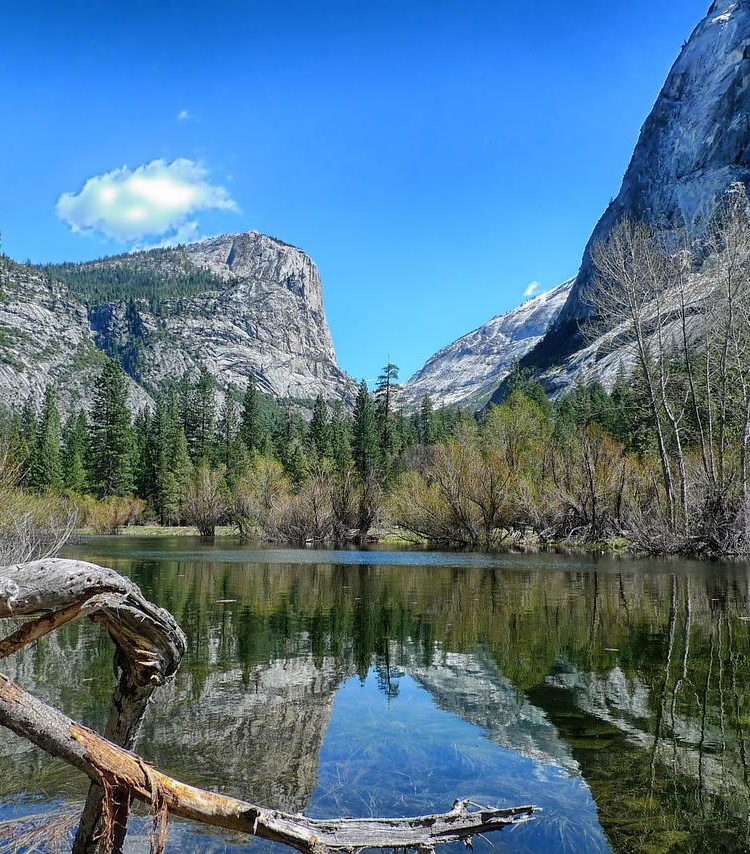

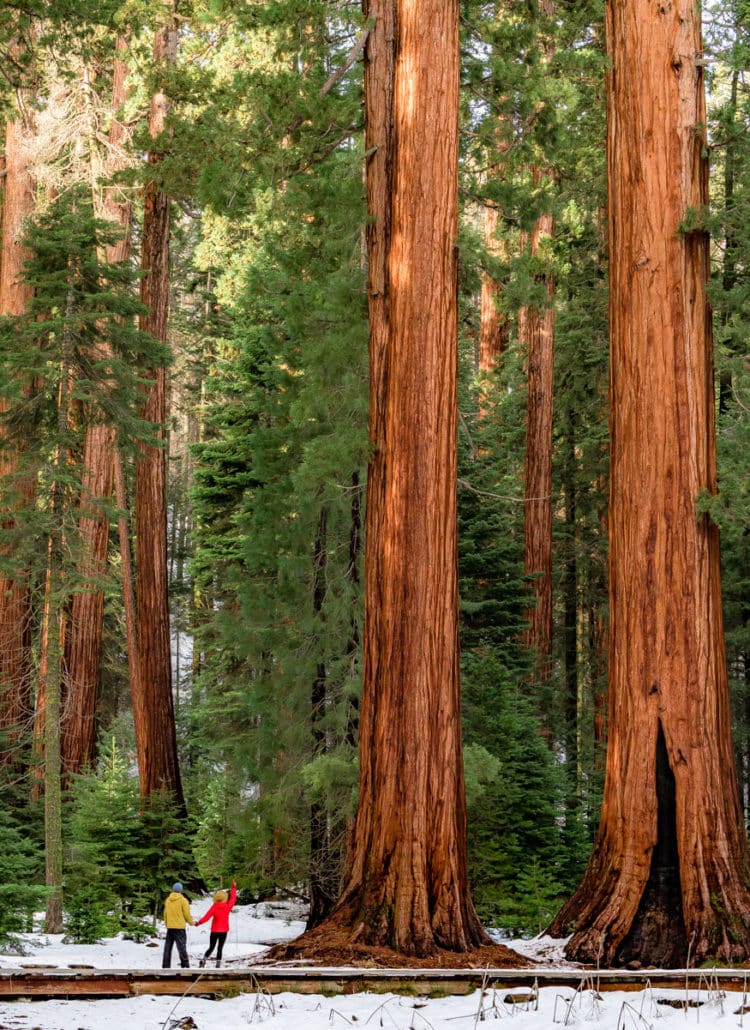
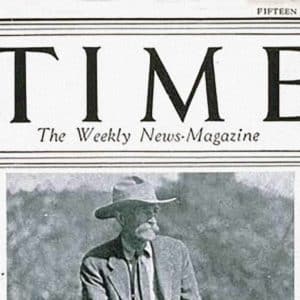

JTNP is located in… Virginia?? Who knew!
Hi Matt,
Thanks for pointing out the typo! It’s now been fixed.
Cheers,
Will